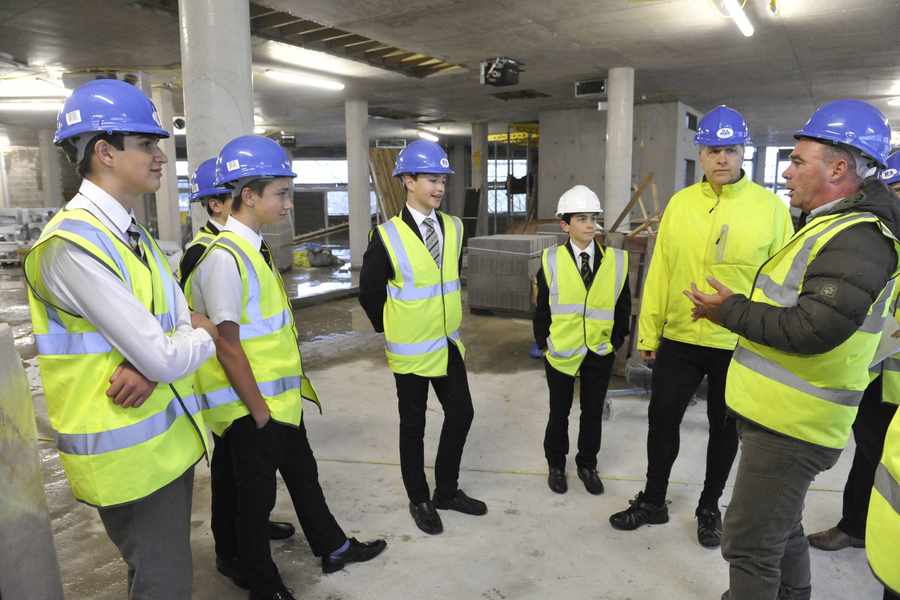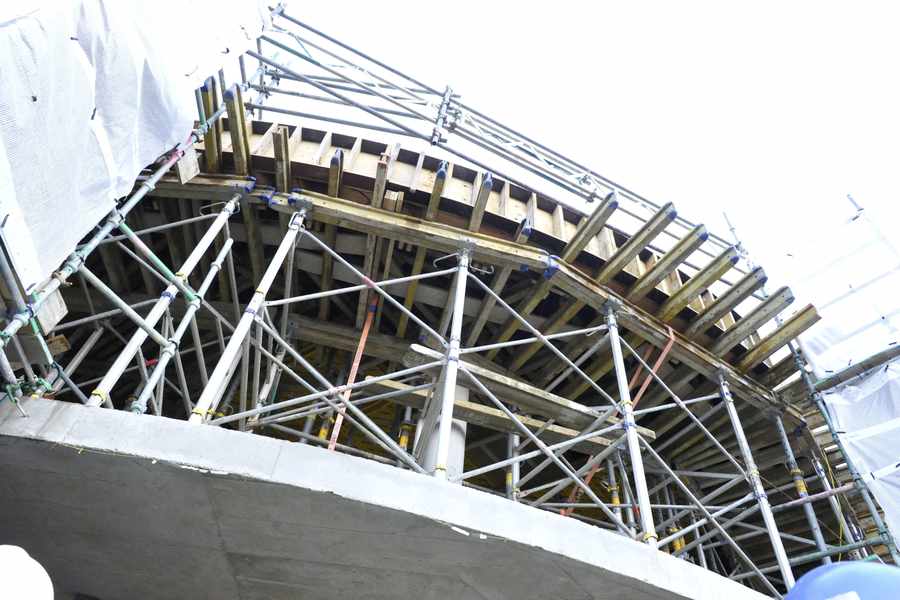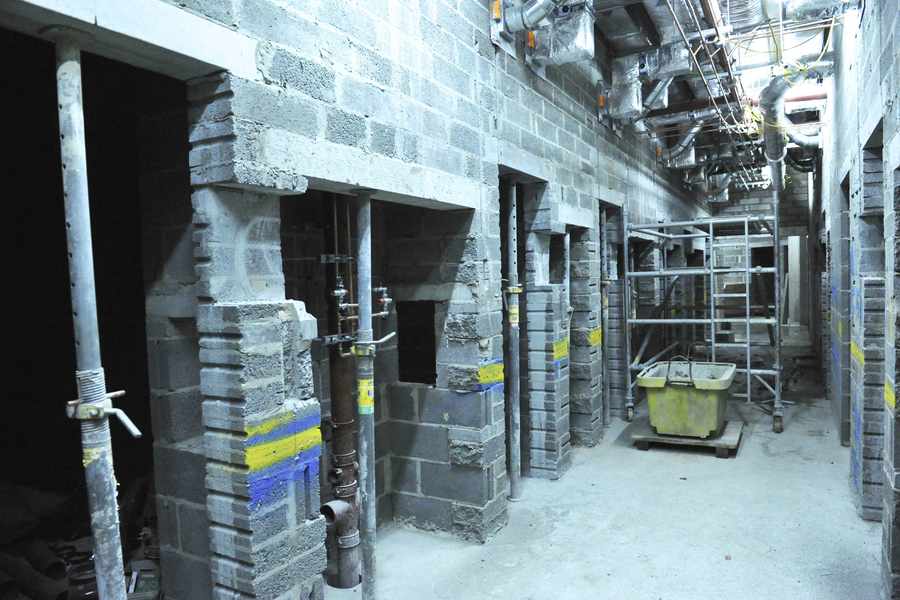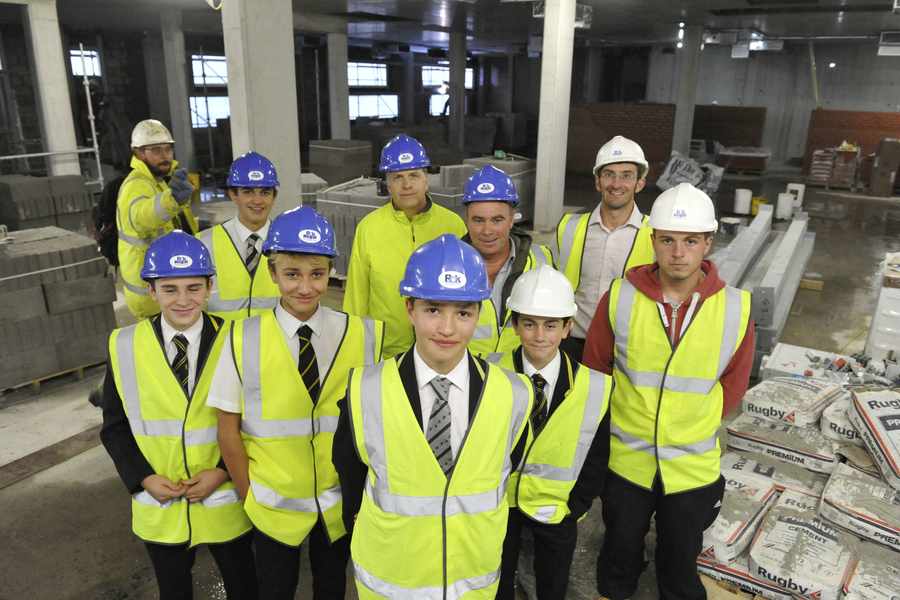ANY building project is a complex combination of design, decisions and logistics – not to mention blood, sweat and tears.
Perhaps unsurprisingly the biggest structures, the ones that inevitably get used as landmarks in a community, also come with the biggest risks.
- To get thousands of tonnes of material, support structures and equipment to the building site Rok Construction winch it up to a special platform attached to an upper floor. It can hold three tonnes in weight.
- If wind levels reach force six or above the crane at the site cannot be used.
- Concrete used at the site is provided by Ronez and takes ten to 14 days to dry.
- It takes six or seven weeks to create a concrete floor at the station.
So consider for a moment, then, the planning needed for a huge building that has to be an office, a secure detention facility and a home for emergency-response units that is also bomb-proof.
After getting the go-ahead in 2013, work on the Green Street police station began a year later.
The main structure is now in place and Rok Construction chief executive Bob Matthews says the project is roughly at the halfway stage.
He recently offered a tour around the building site to a group of students from Victoria College after pupil Etienne Hélie-Merrony won the senior class of the JEP’s Design-an-Ad competition by creating an advert for the company.
The purpose-built police station is vast.
Although incomplete, it sits comfortably next to buildings of a similar size and from the rooftop on the fourth floor has views out to sea over Havre des Pas.
The building’s structure and skeleton has been put in place over the last few months and is now in the process of being made watertight so that work on the interior can be finished.
During the JEP’s visit it was still open to the elements in places, with one of the upper floors filled with dozens of temporary support poles, on which rested a concrete floor that was in the process of drying.
Although it was damp and dark at 4 pm on an autumn afternoon it was, nevertheless, an impressive structure.


Mr Matthews said: ‘It’ll be the largest concrete structure in Jersey.
- 266 – The number of piles driven into the ground while creating the foundation of the building
- 2 metres – The depth to which those piles are driven
- 1,000 tonnes – The weight of steel contained in the whole building
- 3,500 cubic metres – Roughly the amount of concrete used for the building
‘You’re not going to get many buildings like this built again in concrete.
‘The architects who worked on this have the background for what’s required.
‘From an operational point of view a police station has more security than a prison.’
At ground level there are blast plates should explosives be used in an attack. Similarly, key pillars are bomb-proof and walls have also been secured against blast damage.
The station’s charging suite is on the ground floor, below which are 22 holding cells.


Much of the five-storey building is given over to the administration and office space that is needed to run a police force.
Workers are currently on site from 7.30 am to 6 pm, Monday to Friday.
Mr Matthews added: ‘The ground floor was very complicated – with all the roads and ramps it was hard work.
‘But with the upper floors, because it’s repetition, once you get one floor going up and you get the workforce going to that repetition, it’s fairly quick.
‘The key to the next stage is getting it water-tight.’








